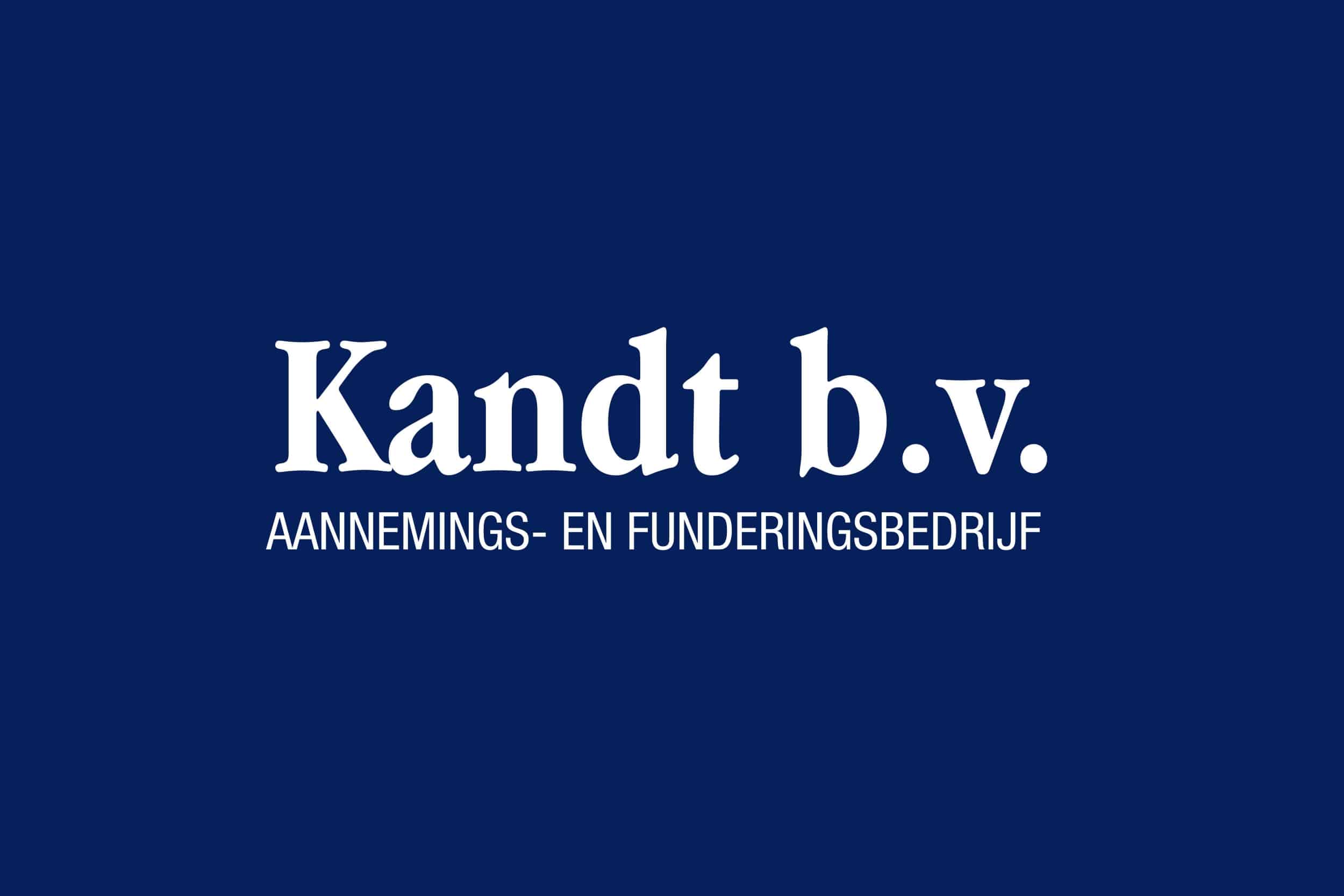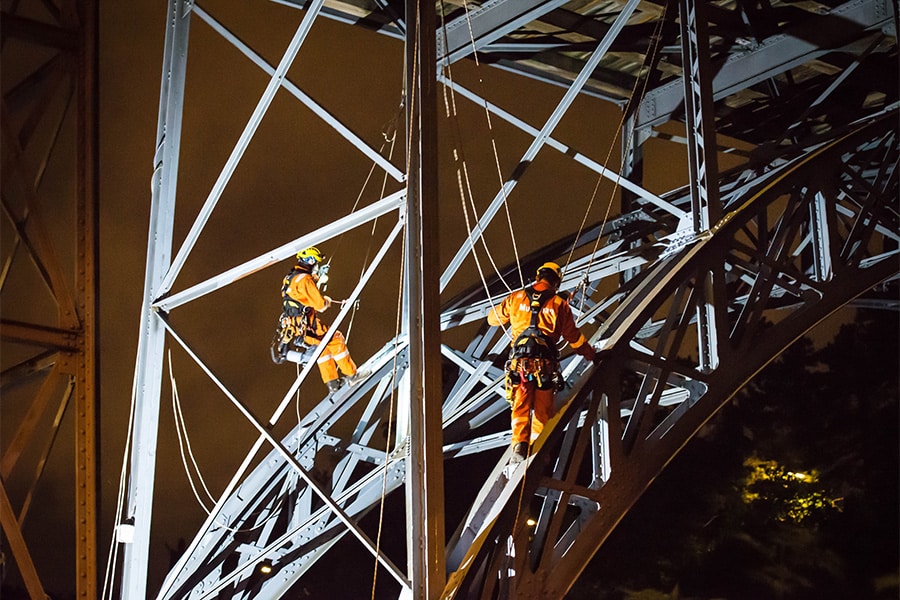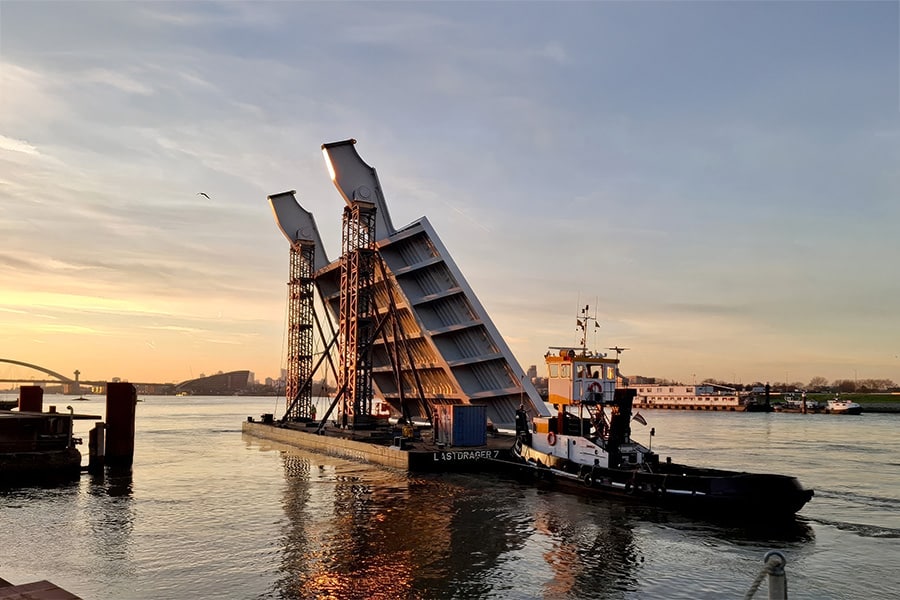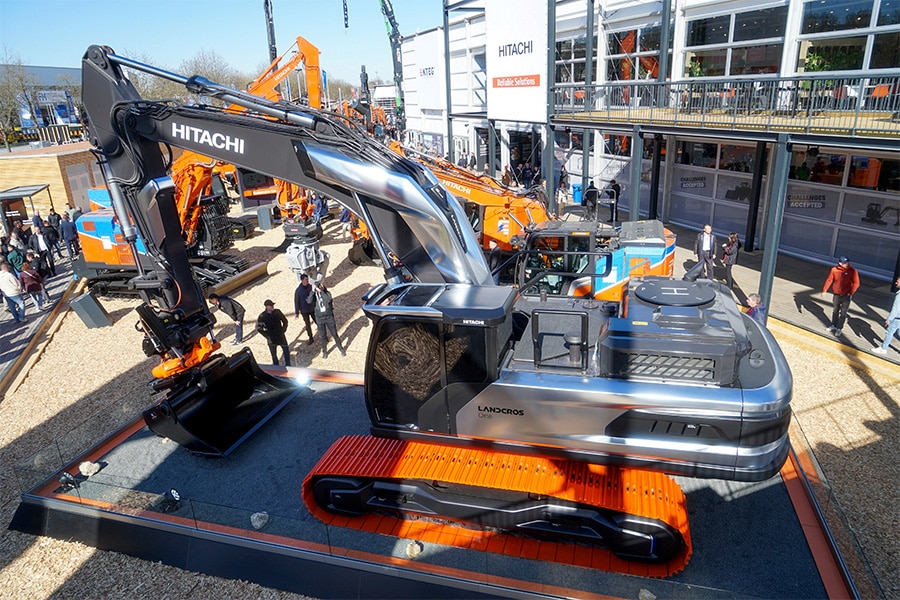
Specialist contracting and foundation company deploys various disciplines on large-scale and complex A9/VeenIX project
The A9 Badhoevedorp - Holendrecht section is the final part of the SAA (Schiphol-Amsterdam-Almere) program. Consortium VeenIX is carrying out these contracts together with several parties. Among others, they chose Kandt Aannemings- en Funderingsbedrijf.

"With a large and complex project like this, multiple parties are needed for specialized phases and scopes," says Willem de Meijer, business manager at Kandt. "VeenIX was well informed about which parties could perform certain scopes well, and it's great that we also get to pick up quite a bit of the -always growing- scope."

Specialist expertise
"One of the challenges with this project is that much of the work has to be done in an urban area with limited space," says Willem. "Also, the important A9 must remain accessible to traffic during construction, which means that some of the work must be done during night hours and on weekends. To do everything properly, in difficult-to-reach places and according to certain guidelines, requires specialist expertise as well as the right equipment. Fortunately, Kandt has an extensive fleet of equipment as well as the right professionals, which means we have a suitable solution for every specific project."
Sheet piling structures for piers
"We are installing various sheet pile structures, partly in height restriction, for the purpose of the concrete work for the pillars of the Schiphol Bridge (one of the structures located in this section). Because of the height restriction, the sheet piles are installed in sections and welded together. Using a silent piler, we push these sheet piles away vibration-free."

LeKa piles at artwork Schiphol Bridge
For the widening of the Schiphol Bridge and the reconstruction of the two bascule cellars of this structure, Kandt installed a large number of temporary and permanent LeKa grout injection piles. "We drilled some 300 temporary piles (Ø508 mm and a wall thickness of 12.5 mm), on which the temporary working platforms were built. These will also be drilled out by us afterwards, of course," says Willem and continues: "For the widening of the structure itself, we installed no less than 410 definitive piles (Ø508 and Ø610 mm) on behalf of the piers. Thereby, for the 610 mm we worked with an 860 drill point." Fairly unique, according to Willem, because the market is used to being able to drill piles with a maximum diameter of up to 559 mm in limited height, but Kandt has developed a suitable machine for 610 mm piles for that.

Combi wall piles at bascule cellars
Furthermore, Kandt installed two temporary drilled combi wall tubs for the bascule basements of the Schiphol Bridge, with a combi wall pipe (Ø559 mm and a wall thickness of 30 mm), and a drilled combi wall (Ø762 mm and a wall thickness of 25 mm). In addition, the outrigger frames of these temporary tubs were installed by Kandt. All this work was carried out largely from pontoons designed for this purpose on the water with different equipment. "The work is performed with the execution class 2 and 3 and traceability of materials required from the Department of Public Works. As a subcontractor, we must comply with the ROK (Guidelines for the Design of Artworks, drawn up by the Department of Public Works). There are also guidelines safe lifting in public environments applicable to this project."
Specialism becomes increasingly important
The implementation of the Schiphol Bridge is progressing well and more and more work is being added to Kandt's scope. Willem concludes, "This is another project where we can really show what Kandt is capable of. With specialist equipment and well-trained craftsmen, specializing in hard-to-reach environments, we can perfectly pick up projects with requirements for vibration-free, low-noise or limited height and execute them to your satisfaction."
Heeft u vragen over dit artikel, project of product?
Neem dan rechtstreeks contact op met Kandt Aannemings- en Funderingsbedrijf BV.
 Contact opnemen
Contact opnemen





